The enigma of Stradivari violins has captivated musicians, scientists, and historians for centuries. Among the many theories attempting to explain their unparalleled sound quality, one of the most compelling revolves around the spruce wood used in their construction—specifically, the secrets hidden within its tree rings. The so-called "tree-ring code" of Stradivari's spruce has become a focal point for researchers seeking to unravel the mysteries of these legendary instruments.
Antonio Stradivari crafted his violins during the late 17th and early 18th centuries, a period known as the Little Ice Age. This era of unusually cold temperatures across Europe had a profound impact on tree growth. The slow, dense growth rings formed during this time are believed to have contributed to the unique acoustic properties of the wood. The tight, evenly spaced rings suggest a consistency and density that modern spruce struggles to replicate.
The science behind tree rings and sound is more complex than it might initially appear. Each ring represents a year of growth, and the varying widths reflect environmental conditions. Narrow rings indicate slower growth, often resulting in denser wood with superior vibrational qualities. Stradivari's spruce, with its exceptionally uniform narrow rings, seems to have been perfectly suited for creating instruments with rich, resonant tones.
Researchers have employed dendrochronology—the study of tree-ring dating—to analyze the wood of Stradivari violins. By comparing the ring patterns with historical climate data, they've been able to determine not just the age of the trees used, but also the specific years they grew. This forensic approach has revealed that many Stradivari instruments share wood from the same trees, suggesting the master luthier carefully selected his materials from a limited, high-quality source.
Modern attempts to replicate the Stradivari sound often focus on mimicking these growth patterns. Some luthiers use wood from high-altitude forests where trees grow slowly, while others experiment with artificial aging techniques. There are even projects attempting to cultivate spruce trees under controlled conditions to reproduce the Little Ice Age growth characteristics. Yet, despite these efforts, no one has fully succeeded in recreating the magic of a genuine Stradivari.
The mystery deepens when we consider that Stradivari himself likely didn't understand the scientific reasons behind his wood's superior qualities. His selection process was probably based on experience, intuition, and traditional knowledge passed down through generations of luthiers. This combination of art and accident creates an intriguing paradox: the most scientifically studied instruments in history owe their existence to pre-scientific craftsmanship.
Beyond the tree rings themselves, the chemical composition of the wood has also undergone significant changes over the centuries. Natural aging processes, combined with the various varnishes and treatments applied by Stradivari, have altered the wood's cellular structure in ways that contribute to the instruments' distinctive sound. The interaction between the physical structure revealed by the tree rings and these chemical transformations creates an acoustic profile that modern science still struggles to define precisely.
As technology advances, new methods of analysis continue to shed light on Stradivari's secrets. High-resolution imaging, advanced spectroscopy, and AI-assisted pattern recognition are providing fresh insights into the tree-ring code. Yet, each discovery seems to raise new questions, ensuring that Stradivari's violins will maintain their mysterious allure for generations to come. The tree rings tell a story—one that we're still learning to read in full.
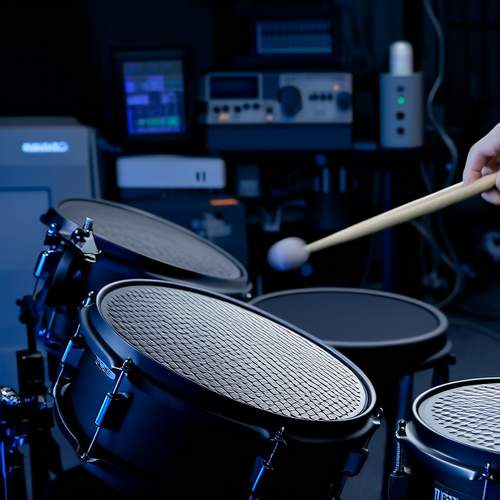
By /May 30, 2025
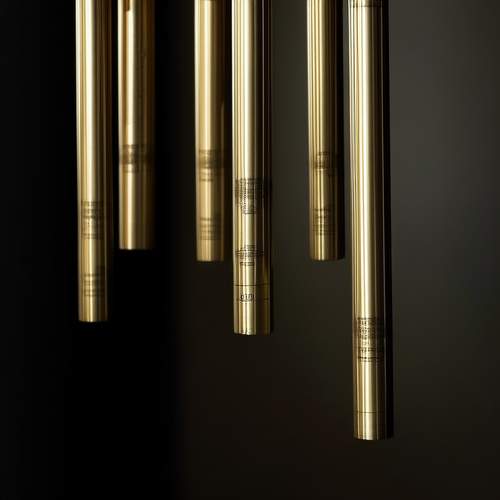
By /May 30, 2025
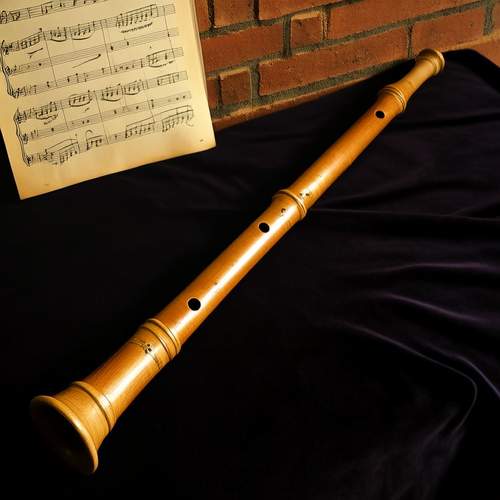
By /May 30, 2025
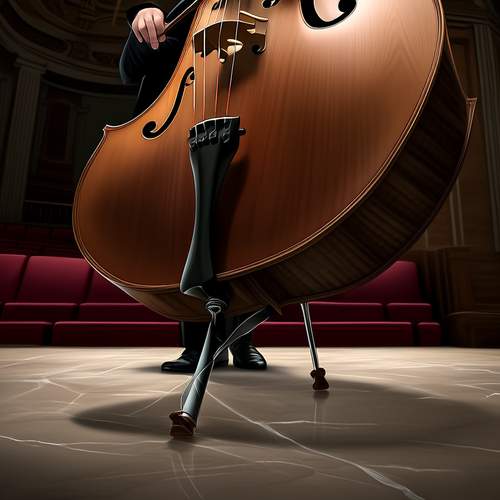
By /May 30, 2025
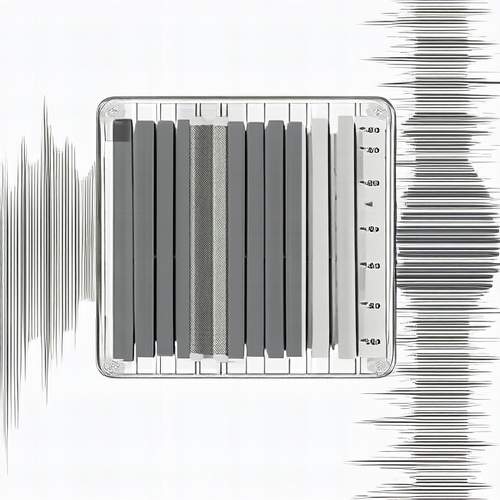
By /May 30, 2025

By /May 30, 2025

By /May 30, 2025

By /May 30, 2025
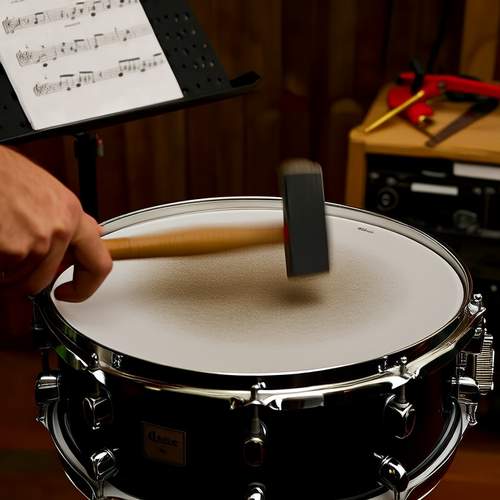
By /May 30, 2025
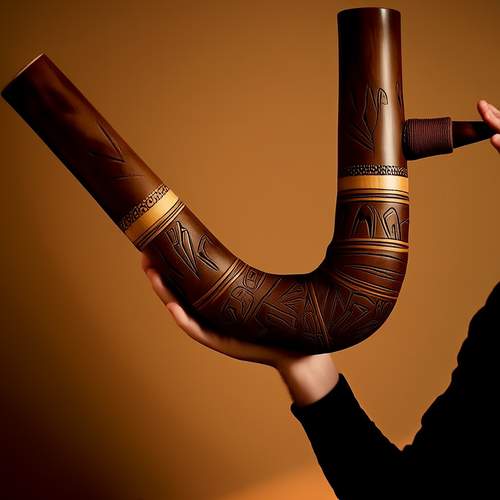
By /May 30, 2025

By /May 30, 2025

By /May 30, 2025

By /May 30, 2025

By /May 30, 2025
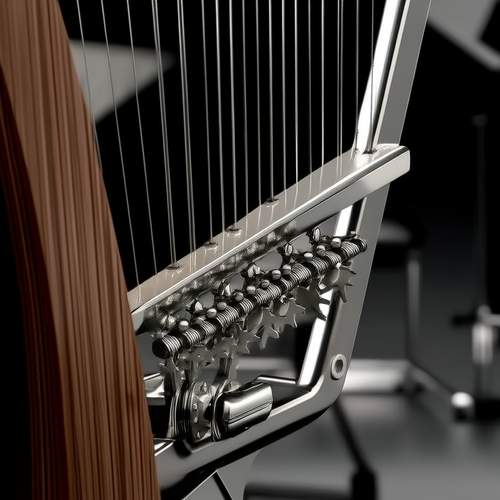
By /May 30, 2025

By /May 30, 2025
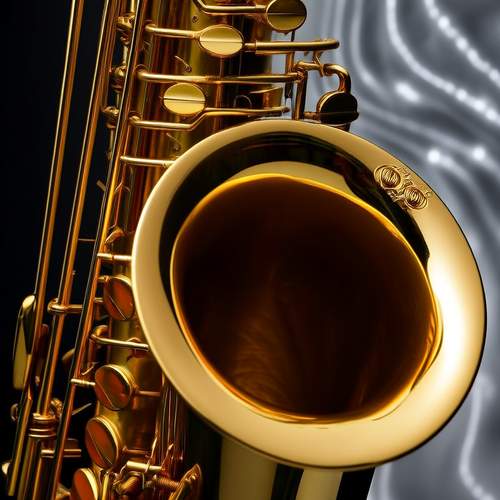
By /May 30, 2025
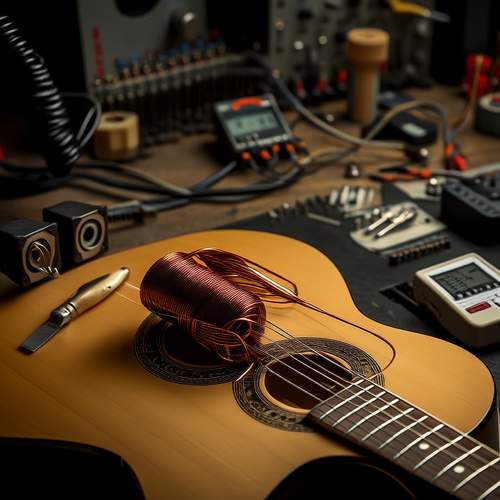
By /May 30, 2025
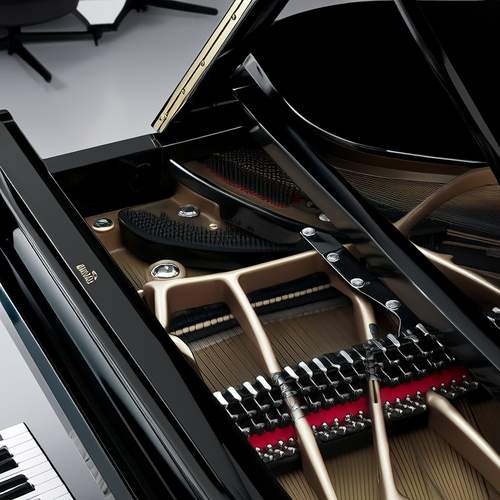
By /May 30, 2025
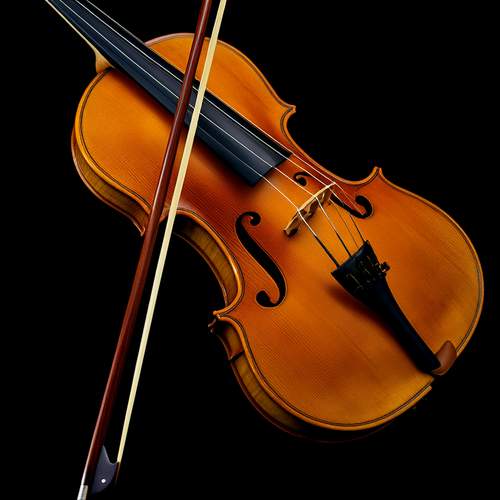
By /May 30, 2025